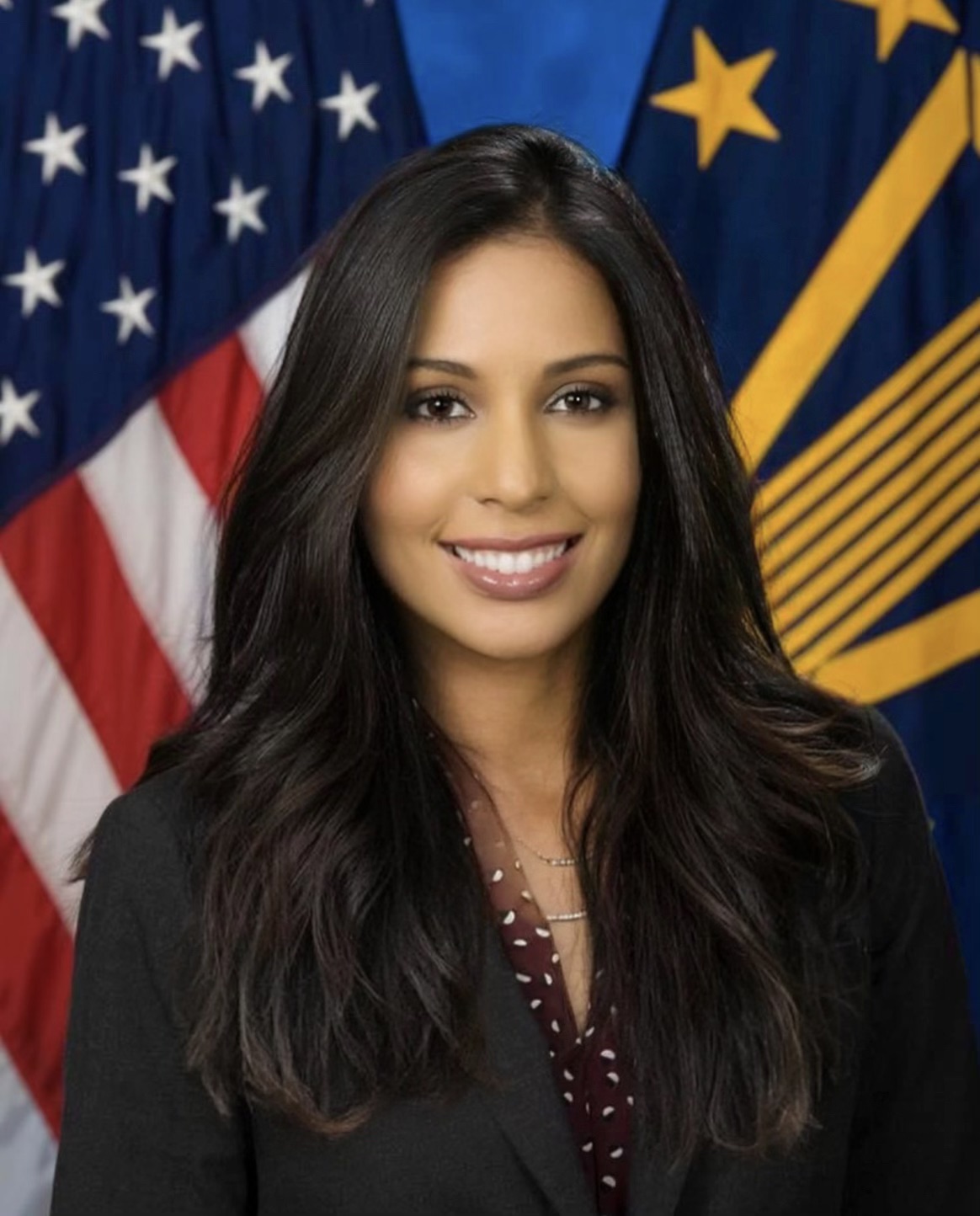Attention A T users. To access the menus on this page please perform the following steps.
1. Please switch auto forms mode to off.
2. Hit enter to expand a main menu option (Health, Benefits, etc).
3. To enter and activate the submenu links, hit the down arrow.
You will now be able to tab or arrow up or down through the submenu options to access/activate the submenu links.
Locator
Contact
Search
VA »
VA Homeless Programs
»
Message from Monica Diaz, Executive Director, VHA Homeless Programs Office
VA Homeless Programs
Message from Monica Diaz, Executive Director, VHA Homeless Programs Office
July 2024

Unsheltered homelessness is one of the most dangerous conditions a person can face. Sleeping on the streets, in the woods, in encampments, and under bridges, these Americans are exposed to the elements—and to uncertain conditions that take a toll on their whole health.
It’s a pressing problem for VA and for the nation as rates of unsheltered homelessness continue to rise, including among the Veteran population.
No matter where Veterans are located, or the laws of that jurisdiction, our goal remains the same: to get Veterans into safe, temporary shelter and on the path to permanent housing.
Reaching unsheltered Veterans and connecting them with services is one of our top priorities, having set a goal to engage with 40,000 unsheltered homeless Veterans in 2024. This work is happening at VA medical centers (VAMCs) nationwide, where staff are conducting outreach to unsheltered Veterans directly on the streets, at encampments, in congregate meal sites, and with the help of community partnerships.
We’ve also kicked off unsheltered surge events at 6 of our VAMCs in Houston; Denver; Jacksonville, Fla.; Oakland and Sacramento, Calif.; and Portland, Oreg.
These surges bring collective, rapid infusions of resources and energy to reach unsheltered Veterans and connect them with temporary housing. They will build on the success of a previous round of 6 surges that we held at the end of 2023 and beginning of 2024, during which we reached 525 unsheltered Veterans—exceeding our goal of 368—and placed 264 Veterans into same-day access beds. We’re building on lessons learned from those surge events as we prepare for the next 6 events later this year.
It’s important to remember that we aren’t the only ones fighting against Veteran homelessness. One of our key allies is the U. S. Interagency Council on Homelessness (USICH). For the past year, their unique ALL INside initiative has been working to shelter thousands of Americans, including Veterans, who are facing unsheltered homelessness.
In 7 communities with high rates of unsheltered homelessness, USICH has embedded dedicated federal officials to help cut through the red tape that often makes it difficult for people to access housing, health care, and other resources they need to exit homelessness.
The participating communities of Chicago, Dallas, Los Angeles, Phoenix, Seattle, Denver, and the state of California account for more than half the unsheltered numbers in the country, so we are hopeful that this program will be able to move the needle on unsheltered homelessness in a major way. In Dallas, which recently brought an effective end to Veteran homelessness, overall homelessness has dropped 12% in the past year and unsheltered homelessness has plunged by 24%.
This progress made in just one year reminds us of a very real fact: Veteran homelessness is not inevitable, and it is not unsolvable. When we work together with the right systems in place, homelessness can be eliminated. No matter what, we will keep up the fight to make sure that it is.





























